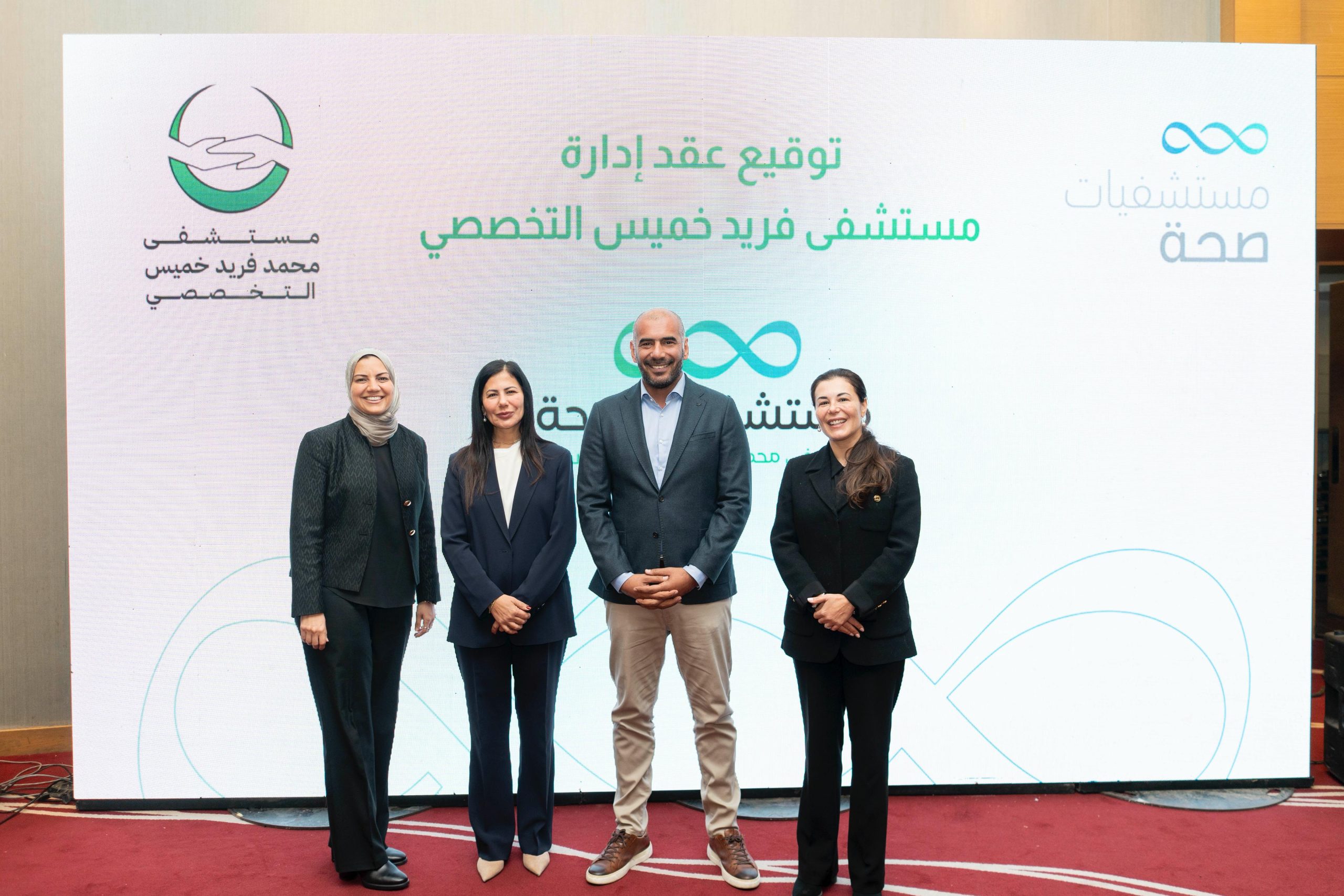
I asked a friend of mine, who was working in customer service at a bank earlier, about his work and how it is different now, compared to 2019 after he lost his job.
He said: “I am very well now, feeling better and more fortunate, working in customer service at one of robot’s maintenance company, which specialises in public parks cleaning. Moreover, I am weekly taking care of dozens of “robots” at registration, maintenance and periodic inspection. Our company is looking for new employees every month.” That is a ‘Future Dialogue in 2050’.
Contrary to what many see as a decline in human employment rates in the face of “automation” growth and the use of 4IRs’ techniques and AI tools that will replace man in many jobs, there will be a great growth in job opportunities and the demand for some human jobs.
Some countries would suffer from a lack of human workers and will open the door to receive new immigrants from other countries to fill the gap in the human labour market. 4IR (Fourth Industrial Revolution) could eliminate jobs in more than four sectors, which will not be needed in the future; but it would open the door to millions of jobs in more than 14 new sectors, that had never existed before.
Worldwide Spending on Cognitive and Artificial Intelligence Systems are to reach $77.6 billion in 2022, according to New IDC Spending Guide.
Following the fast growth in this sector since 2015, it is possible to say that in the coming 10 years, global spending could increase to about $1 trillion in 2030. Especially as the world’s largest companies pump millions of dollars into investments in this field, and the governments which have begun to build cities of the future, based on AI and the 4IR technologies.
Automation is nothing new – machines have been replacing human workers at a gradual rate ever since the Industrial Revolution. This happened first in agriculture and skilled crafts like hand weaving, then in mass manufacturing and, in more recent decades, in many clerical tasks, according to World Economic Forum report.
As the extra income generated by these technological advances is being recycled into the economy, new demand for human labour has been generated and there has, generally, still been plenty of jobs to go round.
AI and related technologies will also boost economic growth and create many additional job opportunities, just as other past waves of technological innovation have done from steam engines to computers. In particular, AI systems and robots will boost productivity, reduce costs and improve the quality and range of products that companies can produce, according to World Economic Forum report.
According to the World Development Report 2019, The Changing Nature of Work, from the World Bank, the number of robots operating worldwide is rising rapidly, stoking fears of a jobs meltdown. But technology is laying down a path to create jobs, increase productivity and deliver effective public services. Fears surrounding innovation, which has already transformed living standards, are unfounded.
Digital technology spurs rapid innovation and growth, disrupting old production patterns and blurring the boundaries of firms. New business models such as digital platforms evolve at dizzying speed from local start-ups to global behemoths – often with few tangible assets or employees.
New platform marketplaces are connecting people more quickly than ever before. This “scale without mass” delivers economic opportunity to millions of people, regardless of where they live.
New markets and jobs are driving demand for employees with teamwork, communication and problem-solving skills. Technological change is eliminating repetitive “codifiable” jobs and replacing them with new types of employment. In Europe alone, there will be estimated 23 million new jobs this century.
Technology changes not just how people work but also changes terms on which they work, creating more jobs that are non-traditional and short-term “gigs.” This is making some work more accessible and flexible, but raises concerns about income instability and the lack of social protection.
The Fourth Industrial Revolution will create new areas of work that have not existed before and are all related to the technologies that will be created by that revolution such as: User and entity big data analytics , App- and web-enabled, markets, Internet of things , Machine learning , Cloud computing , Digital trade , Augmented and virtual reality Encryption , New materials , Wearable electronics , Distributed ledger (blockchain), 3D printing , Autonomous transport, Stationary robots, Quantum computing, Non-humanoid land robots, Biotechnology, Humanoid robots, Aerial and underwater robots.
No wonder than that over the next five years AI growth rates will be included as an indicator of Global Economic Growth, as well as the 4IR technologies as per capita, along with national income rates, GDP, inflation, and other indicators that measure a state’s economic power.
Twitter: @mohamabdulzaher
Linkedin: @Mohamed Abdulzaher









